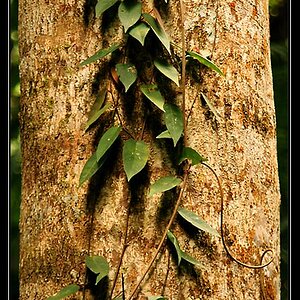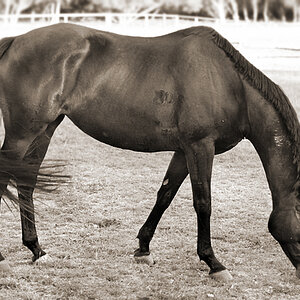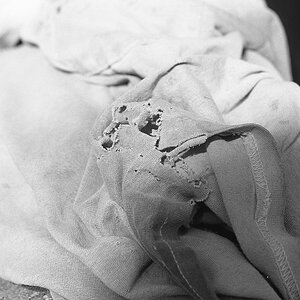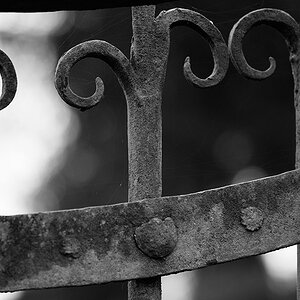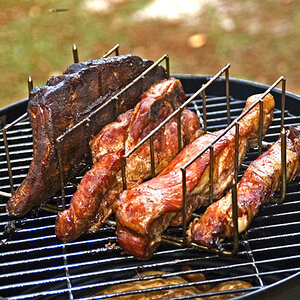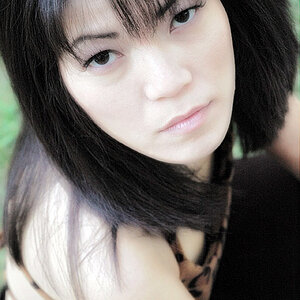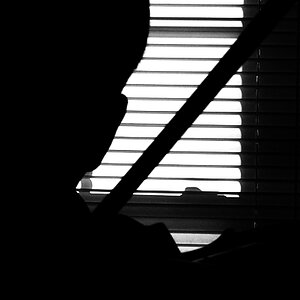Ironlegs
No longer a newbie, moving up!
- Joined
- Oct 7, 2013
- Messages
- 198
- Reaction score
- 67
- Can others edit my Photos
- Photos NOT OK to edit
Hello everyone,
2 days ago i got my hands on my first macro lens CANON 100MM F/2.8 USM ( NO IS ) and i use a crop sensor canon 550d. I realised that i really like macro photography and that i really want to become good, so are there any tips and secrets i should know please ? Any feedback will really help.
I have really shaky hands, is there anything to be done about that ? I find it really hard to focus cause of that.
How about extension tubes so i can get close ups ? Is it even needed ?
1.
 Look in those eyes... by Ironlegs Photography, on Flickr
Look in those eyes... by Ironlegs Photography, on Flickr
2.
 Spider Lair by Ironlegs Photography, on Flickr
Spider Lair by Ironlegs Photography, on Flickr
3.
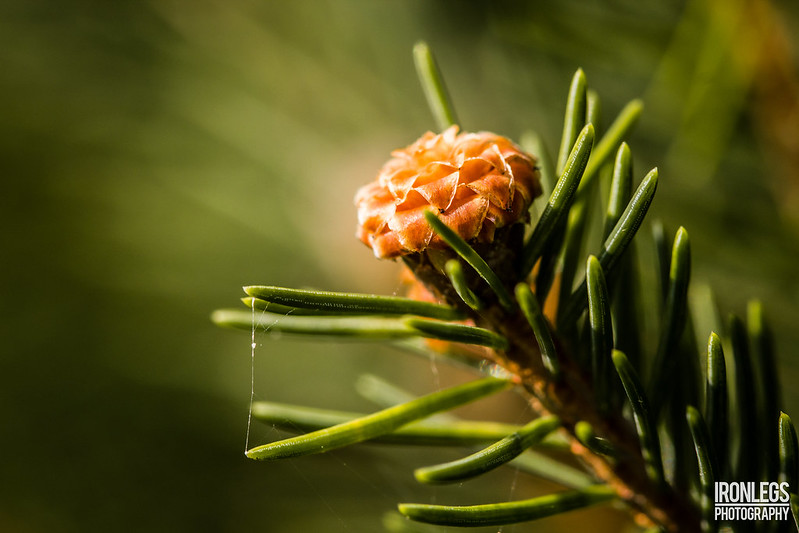 Test by Ironlegs Photography, on Flickr
Test by Ironlegs Photography, on Flickr
4.
 Bee ! by Ironlegs Photography, on Flickr
Bee ! by Ironlegs Photography, on Flickr
2 days ago i got my hands on my first macro lens CANON 100MM F/2.8 USM ( NO IS ) and i use a crop sensor canon 550d. I realised that i really like macro photography and that i really want to become good, so are there any tips and secrets i should know please ? Any feedback will really help.
I have really shaky hands, is there anything to be done about that ? I find it really hard to focus cause of that.
How about extension tubes so i can get close ups ? Is it even needed ?
1.
 Look in those eyes... by Ironlegs Photography, on Flickr
Look in those eyes... by Ironlegs Photography, on Flickr2.
 Spider Lair by Ironlegs Photography, on Flickr
Spider Lair by Ironlegs Photography, on Flickr3.
 Test by Ironlegs Photography, on Flickr
Test by Ironlegs Photography, on Flickr4.
 Bee ! by Ironlegs Photography, on Flickr
Bee ! by Ironlegs Photography, on Flickr

 . No, seriously, if the lens is focused at infinity you will get the same magnification you would get using the same tube on a 100 mm non-macro. Basically, if you have 100mm of extension, you will get 1:1 with the lens set on infinity. Then, if you focus closer you can get more.
. No, seriously, if the lens is focused at infinity you will get the same magnification you would get using the same tube on a 100 mm non-macro. Basically, if you have 100mm of extension, you will get 1:1 with the lens set on infinity. Then, if you focus closer you can get more.